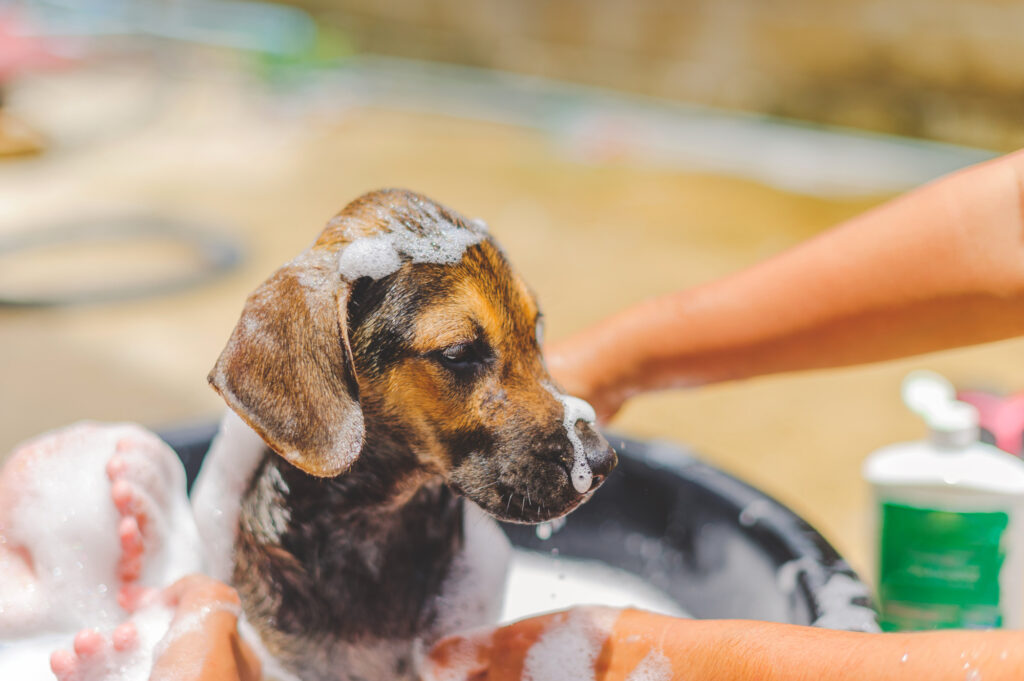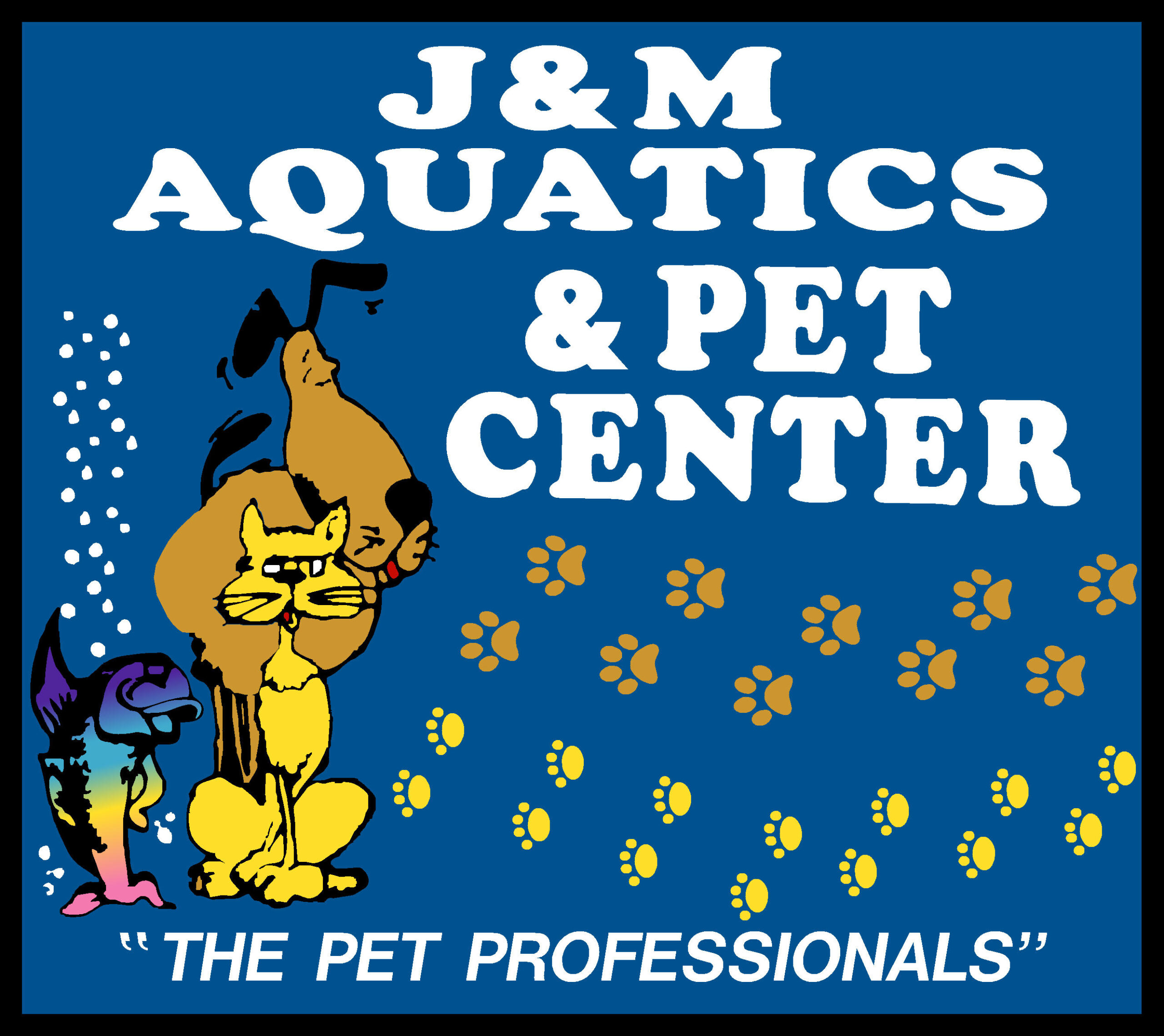Grooming is essential to your dog’s hygiene and health. Regular grooming keeps your dog’s coat shiny, preventing matting, skin infections, and excess dandruff. While professional grooming services are excellent, they can be costly, and the amount of time your dog is spent can be timely; especially if the dog get anxious at the groomers. With the right tools and techniques and some practice, you can develop the skills to groom your dog in the comfort of your home.

Understanding Your Dog’s Grooming Needs: Your dog’s grooming requirements depend on various factors such as breed, size, and coat type. While some breeds, like the Afghan Hound or Poodle, demand frequent grooming, others, like the Beagle or Boxer, may require less maintenance. Regardless of breed, hygienic practices such as teeth brushing, ear cleaning, and nail trimming are essential for every dog’s well-being.
Essential Tools for At-Home Grooming: Invest in quality grooming tools tailored to your dog’s coat texture and length. From pin brushes for long-haired breeds to bristle brushes for short-haired ones, having the right equipment makes grooming sessions more effective and enjoyable for you and your dog. Additionally, consider investing in clippers, slicker brushes, and other grooming tools to cater to your dog’s needs.
Establishing a Grooming Routine: Consistency is vital in at-home pet grooming. Please set up a regular grooming schedule based on your dog’s needs and stick to it. Regular brushing, bathing, nail trimming, and ear cleaning are essential to a grooming routine. By incorporating these tasks into your dog’s routine, you’ll keep them looking their best and maintain their overall health and well-being.
Brushing Tips: Brush your dog’s coat several times a week, paying attention to areas prone to matting and tangles. Brushing removes loose hair and debris, stimulates blood circulation, and promotes a healthy coat. Use the appropriate brush for your dog’s coat type to achieve the best results.
Bathing Guidelines:
- Bathe your dog as needed using a mild shampoo formulated for dogs.
- Avoid over-bathing, as it can strip the skin of natural oils and lead to dryness and irritation.
- Remember to thoroughly rinse all shampoo residue and dry your dog after bathing to prevent skin issues.
Nail Trimming Techniques:
- Keep your dog’s nails trimmed regularly to prevent overgrowth and discomfort.
- Use specially designed nail clippers and be cautious not to cut into the quick, which contains blood vessels and nerves.
- If unsure, seek guidance from a professional groomer or veterinarian to ensure safe and effective nail trimming.
Ear and Dental Care:
- Clean your dog’s ears and brush their teeth regularly to prevent infections and dental issues.
- Use dog-specific ear cleaners and toothbrushes to maintain their ear and dental hygiene.
- Monitor your dog’s ears for signs of redness, swelling, or discharge, and consult a veterinarian if you notice any abnormalities.
Understanding your dog’s grooming needs, investing in the right tools, and establishing a consistent grooming routine can ensure your furry friend looks and feels their best. Remember, grooming sessions should be positive experiences for you and your dog, so approach them with patience, love, and care. With dedication and the right approach, you’ll become your dog’s trusted groomer in no time!

